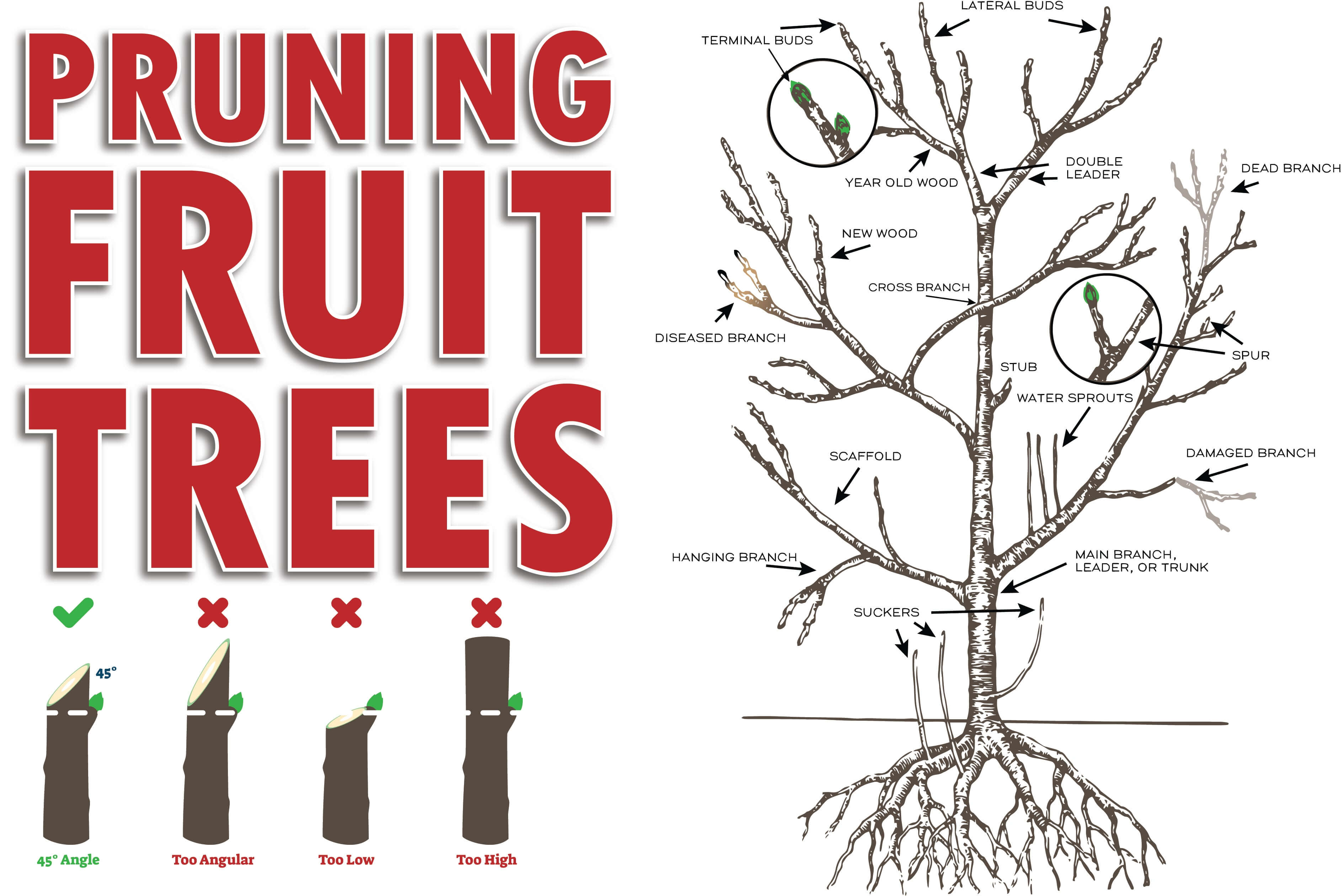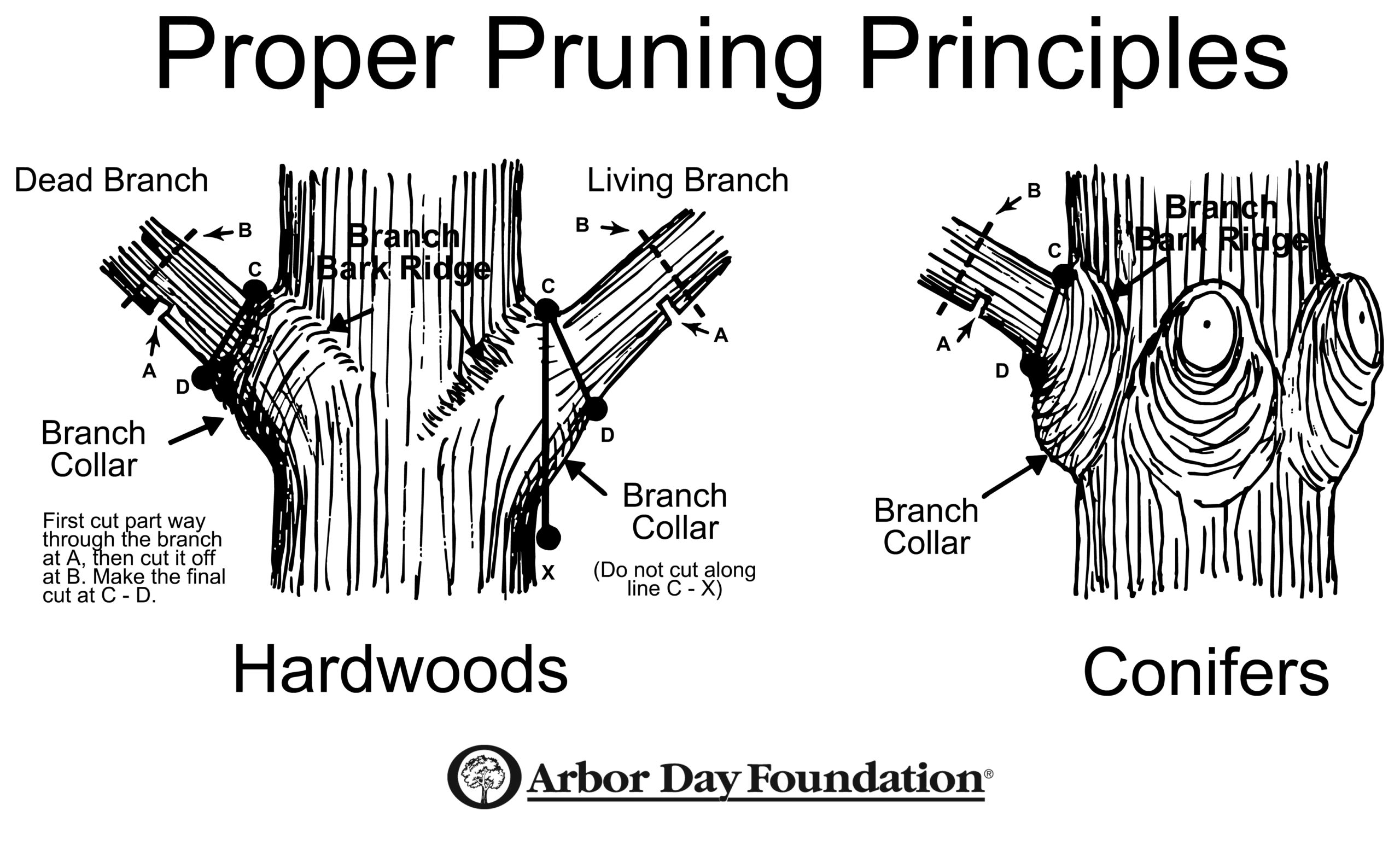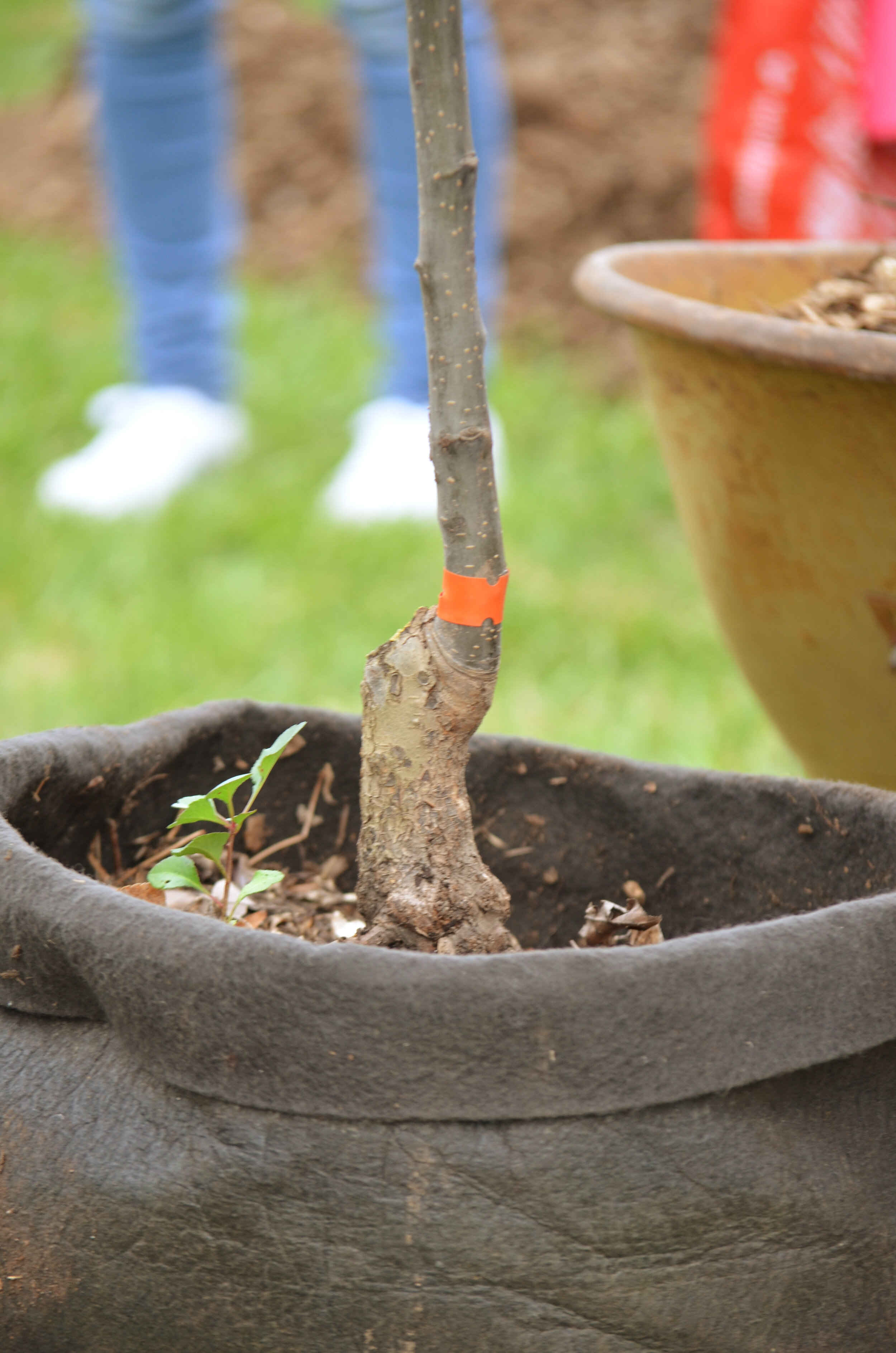How to Prune Fruit Trees for Optimal Growth

Imagine you're an artist, standing before a blank canvas. Now, picture your fruit tree as that canvas. Pruning is your brush, and with the right strokes, you can create a masterpiece that yields a bountiful harvest. But where do you begin? How do you prune fruit trees for optimal growth? Let's dive in and unlock the secrets to sculpting your fruit trees into thriving, productive centerpieces of your garden.
Understanding the Art of Pruning
Pruning isn't just about cutting branches; it's about shaping your tree's future. By strategically removing certain parts, you encourage new growth, improve tree health, and maximize yield. But before we get into the specifics, let's understand why pruning is essential.
Why Prune Fruit Trees?
Pruning serves several purposes:
- Promotes Tree Health: Removing dead, diseased, or damaged branches prevents the spread of pests and diseases.
- Encourages Fruit Production: By cutting back old wood, you stimulate new growth, which is where most fruits develop.
- Improves Air Circulation and Light Penetration: A well-pruned tree allows better airflow and sunlight, reducing the risk of diseases and promoting photosynthesis.
- Maintains Tree Size and Shape: Regular pruning keeps your tree at a manageable size and shape, making harvesting easier.
Pruning Techniques for Optimal Growth
Now that you understand the importance of pruning, let's explore some pruning techniques to maximize yield and ensure optimal growth.
When to Prune
Timing is crucial in pruning. Late winter or early spring is generally the best time, just before new growth begins. However, this can vary depending on the type of fruit tree. For instance, stone fruit trees like peaches and plums should be pruned in late spring to avoid silver leaf disease. Always research the best time for your specific tree.
Tools of the Trade
Before you start, ensure you have the right tools:
- Pruning Shears: For smaller branches.
- Loppers: For medium-sized branches.
- Pruning Saw: For larger branches.
- Gloves and Safety Goggles: For your protection.

Pruning Young Trees
Young trees require formative pruning to establish a strong structure. This involves selecting a central leader and creating a scaffold of well-spaced branches. Remove any branches that compete with the leader or grow at narrow angles.
Pruning Mature Trees
Mature trees require maintenance pruning to sustain their shape and productivity. Focus on removing dead, diseased, damaged, or crossing branches. Also, cut back old fruiting wood to stimulate new growth.
Branch Cutting: The Three D's and More
When pruning, follow the "Three D's" rule: remove branches that are Dead, Diseased, or Damaged. Additionally, look for:
- Crossing Branches: These rub against each other, causing damage and inviting disease.
- Water Sprouts: Vigorous vertical shoots that drain the tree's energy without bearing fruit.
- Suckers: Shoots growing from the base of the tree, which also divert energy from fruit production.
Step-by-Step Guide to Pruning Fruit Trees
Ready to get your hands dirty? Here's a step-by-step guide to pruning fruit trees:
- Start with the Three D's: Remove any dead, diseased, or damaged branches.
- Remove Crossing Branches: Cut back any branches that cross or touch each other.
- Prune for Shape: Step back and look at your tree. Remove any branches that disrupt the tree's natural shape or grow at awkward angles.
- Cut Back Old Wood: Prune back old fruiting wood to encourage new growth.
- Thin Out the Canopy: Remove some internal branches to improve air circulation and light penetration.
- Head Back: Cut back the central leader and main branches to maintain the tree's size and shape.

Pruning Different Types of Fruit Trees
Different fruit trees have different pruning needs. Here are some tips for common fruit trees:
- Apple Trees: Prune in late winter. Focus on maintaining the tree's shape and removing old fruiting spurs.
- Pear Trees: Prune in late winter. Similar to apple trees, maintain the shape and remove old wood.
- Stone Fruit Trees (Peaches, Plums, Cherries): Prune in late spring to avoid silver leaf disease. These trees fruit on one-year-old wood, so cut back old wood to encourage new growth.
- Citrus Trees: Prune in early spring. Focus on maintaining the tree's shape and removing dead or damaged wood.
Post-Pruning Care
After pruning, it's essential to care for your tree to support its recovery and growth. Water deeply to encourage new growth and apply a balanced fertilizer to replenish nutrients. Also, keep an eye out for pests and diseases, treating as necessary.
Conclusion: Your Canvas Awaits
Pruning fruit trees is an art that combines science, skill, and a touch of intuition. By understanding the principles of pruning, employing the right techniques, and tending to your tree's unique needs, you can maximize yield and promote optimal growth. So, grab your pruning shears and step up to your canvas. Your fruit tree masterpiece awaits.
Happy pruning! Remember, practice makes perfect. Don't be afraid to make mistakes—your trees will forgive you, and you'll learn with each snip. If you have any questions or stories to share, we'd love to hear from you in the comments below.
FAQs
When is the best time to prune fruit trees?
- The best time generally is late winter or early spring, just before new growth begins. However, this can vary depending on the type of fruit tree.
How much should I prune my fruit tree?
- It depends on the tree's age and size. As a general rule, don't remove more than 25% of the canopy in one season.
What is the difference between thinning cuts and heading cuts?
- Thinning cuts remove entire branches, reducing the tree's size and density. Heading cuts remove only the ends of branches, stimulating new growth.
Should I seal pruning cuts?
- Generally, no. Trees naturally compartmentalize wounds. Sealing can trap moisture and promote disease. However, if you must prune during the growing season, sealing may help prevent certain diseases.
How do I know if my fruit tree needs pruning?
- Signs include dead or damaged branches, excessive growth, reduced fruiting, and poor fruit quality. Regular pruning helps maintain tree health and productivity.
For further reading, check out these authoritative resources:
0 Response to "How to Prune Fruit Trees for Optimal Growth"
Post a Comment